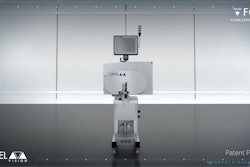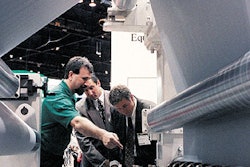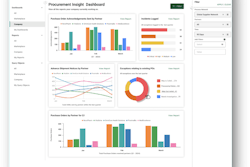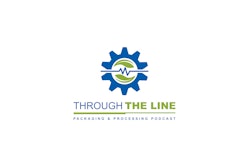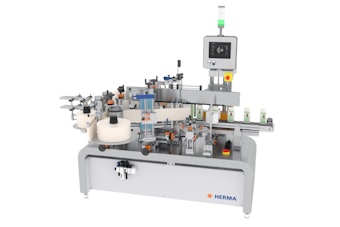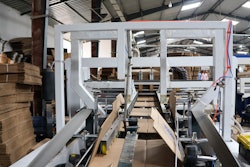Anti-counterfeiting tops agenda at Americas Technology Summit
The task of securing the supply chain and the need to adopt a layered approach using overt and covert security features often seems overwhelming; companies don't know where to start or what technologies to invest in. That was a key message taken from anti-counterfeiting sessions at the 2008 Americas Technology Summit, an event focusing on brand protection and sustainability held in San Juan, Puerto Rico April 16-17. Americas Technology Summit was sponsored by National Label Co. and MWV .
Jun 15, 2008
Researched List: Blister Machines for Life Sciences
Need a blister machine for life sciences packaging? Our curated list features companies serving pharmaceutical, medical device, nutraceutical, and cosmetic industries. Download to access company names, locations, machine specifications, descriptions, and more.
Download Now
List: Digitalization Companies From PACK EXPO
Looking for CPG-focused digital transformation solutions? Download our editor-curated list from PACK EXPO featuring top companies offering warehouse management, ERP, digital twin, and MES software with supply chain visibility and analytics capabilities—all tailored specifically for CPG operations.
Download Now



